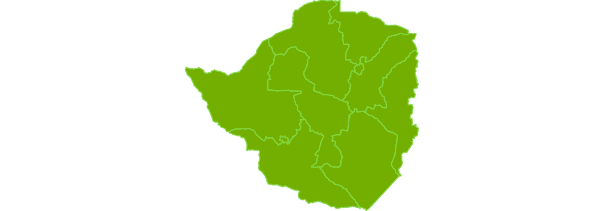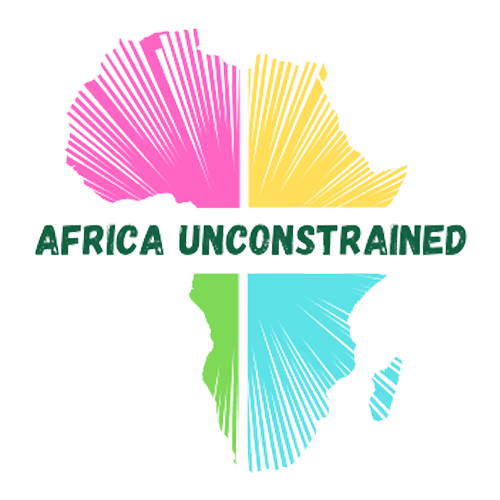
Data










Zimbabwe’s public debt level increased significantly after independence in 1980. Its public debt to GDP ratio increased from 25.7% in 1980 to 88% in 1998. The initial rise in public debt in the 1980s resulted on the back of a US$700 million debt inherited from the former colonial Rhodesian government. Interest rates rose on this debt and the new government needed to borrow new loans to pay the previous debt. Alongside this was a large drought in the early 1980s,which required public funds The economy of Zimbabwe further contracted in the late 1990s and early 2000s, which was also the main reason for the accumulation of debt arrears to its major creditors. Unsuccessful land policy changes and the continuous effects of drought made it difficult for a country that depended on the agriculture to raise more tax revenues. Then, in 1997, the Zimbabwean government was forced to borrow from the outside to pay war veterans. Zimbabwe in 1998 entered a war with the Democratic Republic of Congo (DRC), which also contributed to the rise in debt due to the loans from the UK government to buy aircrafts. Taken together, Zimbabwe’s public debt level reached a peak in 1998 and remained at this level until 2000. In 1999, Zimbabwe defaulted on loan repayments to multilateral institutions.
3.1%
Economic Growth
6 / 8
DR's Debt Transparency Index
60.3%
Gross Debt Position % Of GDP
-0.82%
Budget balance 2021
Zimbabwe
Debt to GDP Ratio
The public debt decreased from 70% of GDP in 2000 to only 34% of GDP in 2001. This was mainly due to an internal restructuring of domestic public debt – almost 60% of total public debt – by the government, switching the six-month Treasury bills to longer-term T-bills at lower interest rates. However, sanctions and the large amount of arrears owed by Zimbabwe precluded the country from access to IMF and other multilateral creditors lending, meaning its public debt to GDP ratio remained at an average of 51% of GDP per year between 2001 and 2015.
Zimbabwe’s budget deficit rose to about -21% of GDP in 2000. Alongside the increase in production costs and the shortage of foreign currency caused by the high inflation rate, the estimated economic contraction between 1999 and 2008 averaged 6.7% per year.
Despite all these challenges, Zimbabwe was never granted debt relief under the HIPC initiative because of sanctions and outstanding arrears at the time when eligibility was decided by Paris Club donors and multilateral institutions. In contrast, China cancelled Zimbabwe’s debt four times over 2000-2018.
Finally, in 2009, the country experienced economic growth at 7.4% rate for the first time in a decade due to the adoption of a multi-currency basket, which stopped the hyperinflation and allowed currencies such as the US dollar, the South African Rand, and the Botswana Pula, to be used locally.
In addition, Zimbabwe scored one of the highest Debt Transparency Index within the countries in this guide, with relatively thorough publications for government budget proposals and economic reviews, though the access to debt data is limited. The country’s commitment to greater data transparency is reflected in the Freedom of Information Bill that was signed into law in 2020.
Zimbabwe
Revenue and Budget Balance


China is one of Zimbabwe’s largest investors and creditors, despite the large arrears holding by the Zimbabwean government to other creditors, but also because other creditors will not lend to Zimbabwe. Zimbabwe has taken around US$3.0 billion of loans from China between 2000-2018 based on the data from China Africa Research Initiative, mainly focusing on transport, power and agriculture sector. For example, Zimbabwe took a US$153 million loan to construct its main airport, Robert Mugabe International Airport in 2018. In 2017, Zimbabwe took a further US$998 million loan to expand Hwange Coal Power Station.
China Debt : GDP Ratio (%)
External Debt Stock to China vs. Other Countries (USD millions)
No Data Found
The IMF classifies Zimbabwe as “in debt distress” due to public and total debt and large external arrears, while the Jubilee campaign forecasts the country “in debt crisis”.
However, Zimbabwe needs significant infrastructure finance to meet outstanding basic needs of the population and to cut poverty. Access to, electricity and internet are particular challenges, which are unlikely to be met through domestic government revenues or other domestic means.
External Debt
No Data Found

No Data Found
Acknowledgements:
and The Development Reimagined Team
Statement on use of data:
55%
Listening Music
47%
Reading
36%
Gardening
25%
Sleeping


60%
Watching Tv
19%
Meditation




COVID-19
No Data Found


